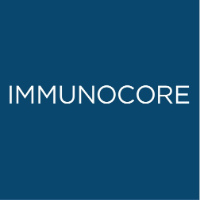
Immunocore
Based in Abingdon (UK) and Philadelphia (USA) we're a privately owned biotechnology company developing innovative biological therapeutics for the treatment of a range of serious diseases. Our world-leading T cell receptor technology exploits the power of the body’s own immune system to find and kill diseased cells. We've established a robust technology platform which combines monoclonal T cell receptor (mTCR) targeting technology with an effector technology, anti-CD3 scFv, that catalyses the killing of the targeted diseased cells by the host’s own non-specific cytotoxic T cells. And we're developing a portfolio of products from the platform, called ImmTACs, for the treatment of cancer, chronic infectious disease and diabetes.